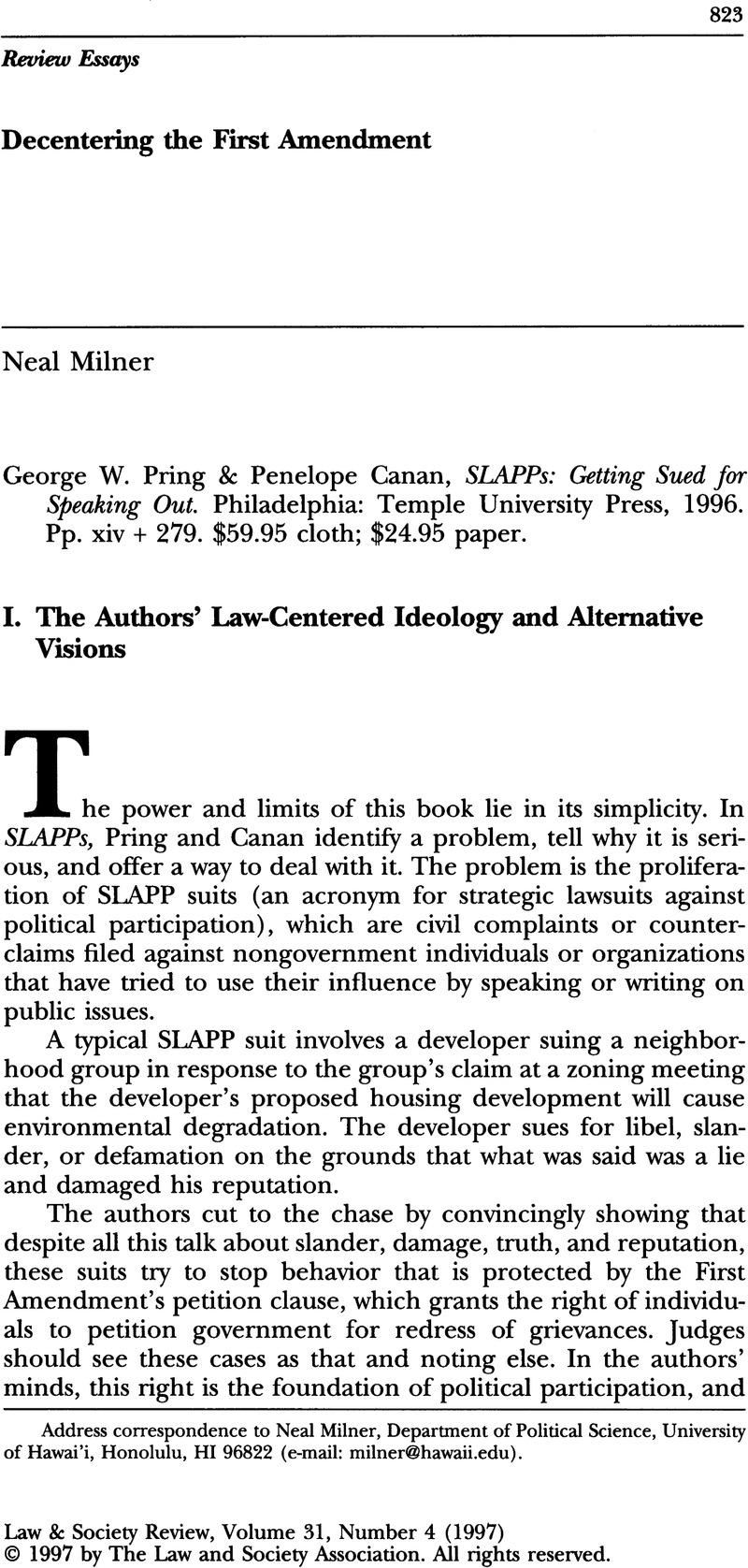Crossref Citations
This article has been cited by the following publications. This list is generated based on data provided by Crossref.
Earl, Jennifer
2004.
Authority in Contention.
Vol. 25,
Issue. ,
p.
55.


